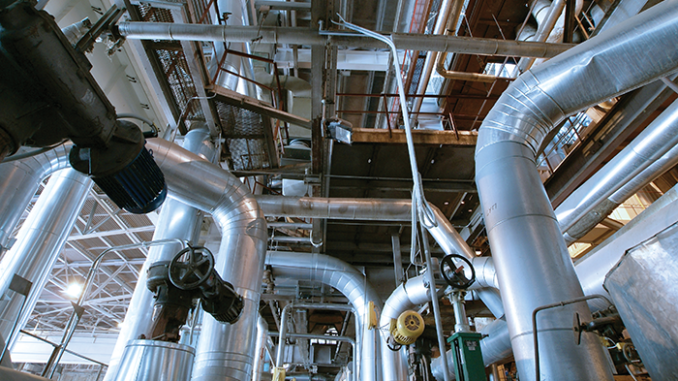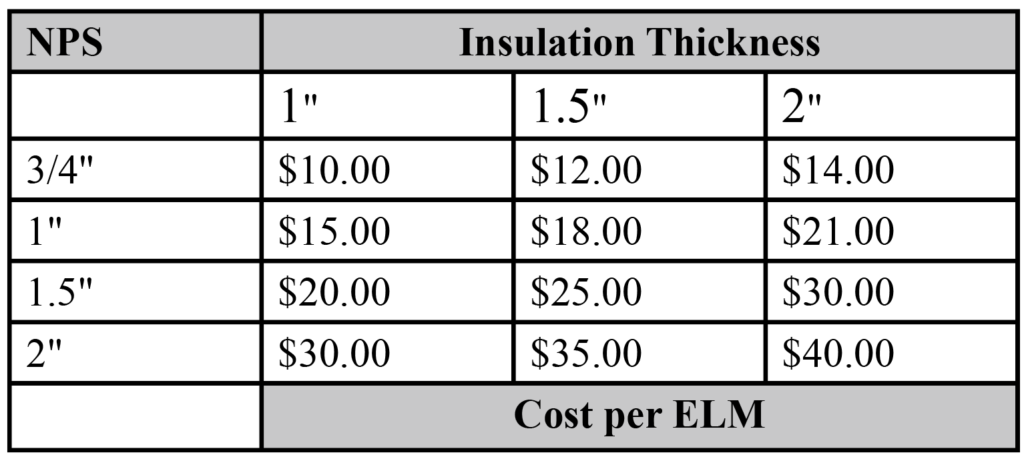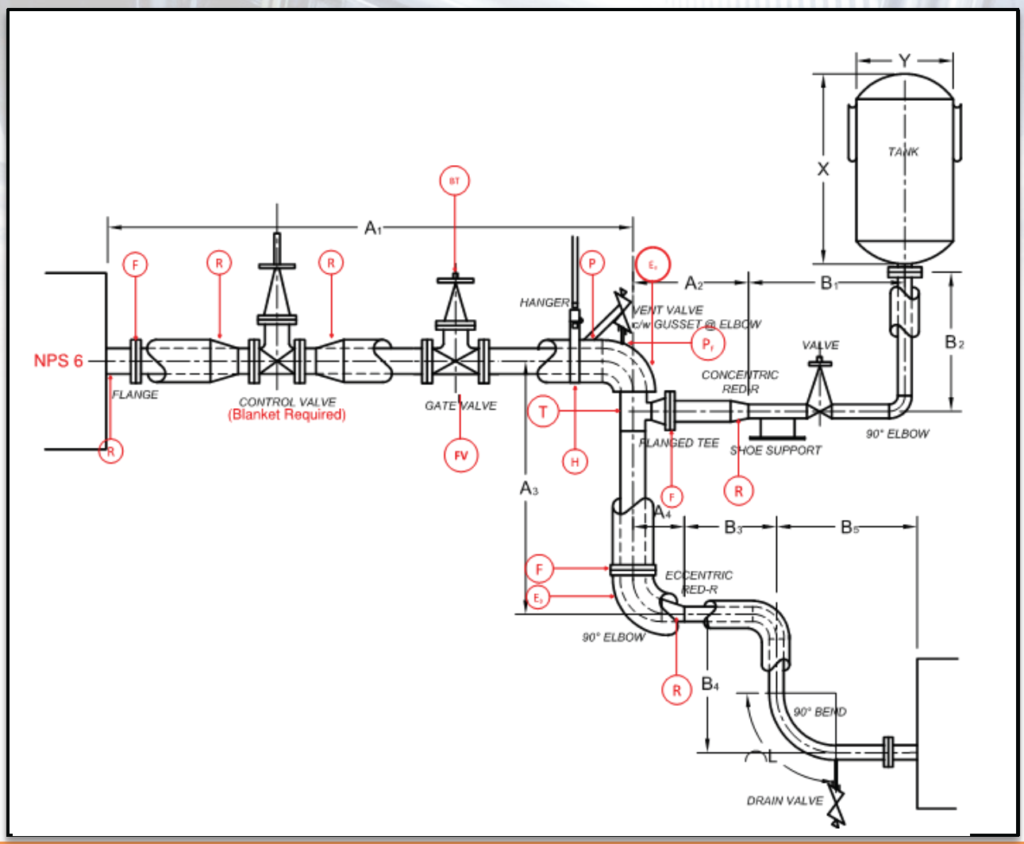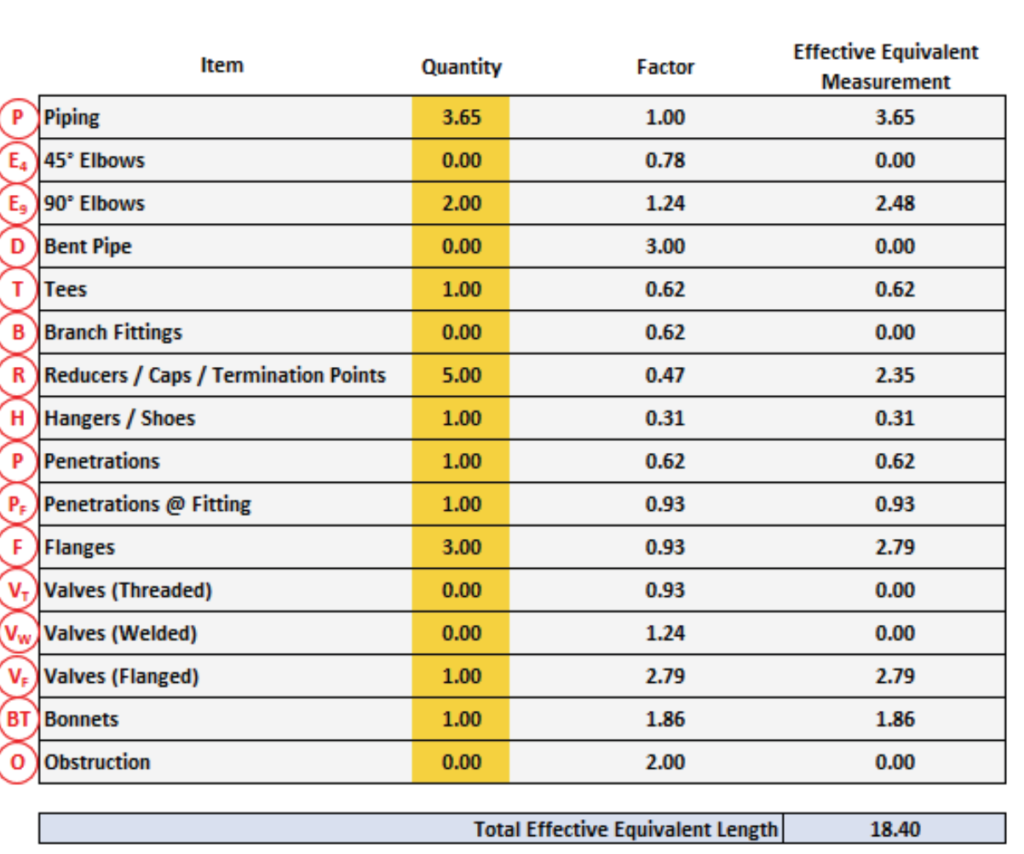
The Innovators Committee at TIAA has made significant progress on revising and rebranding the Denis Formula, with Tom McVicar, operations manager for Thomas Group, at the helm.
By / Jessica Kirby
Since the TIAC Innovators formed in 2014 at the TIAC confernce in Toronto, one of its primary objectives has been the revision and rebranding of the Denis Formula, used mostly in Western Canada by insulation contractors working on large industrial projects. The formula, developed in 1980 by James S. Denis, is an industry-standard method of measurement commonly used to quantify industrial insulation.
Its purpose is to create a fair and equitable method of measurement for contractors and owners. According to the Denis Formula document, “The end result is beneficial to both the owner/client and the insulation contractor. By use of the formula, the parties simplify the process of determining the final quantities and value of the work with strict control over the method.”
This August at the conference in Ottawa, Tom McVicar, operations manager with Thomas Group Inc, presented an update of the revision, which is under development by a sub-committee/focus group of the Innovators Committee at Thermal Insulation Association of Alberta (TIAA).
McVicar is a certified engineering technologist with a mechanical engineering technologist diploma from NAIT and 14 years’ experience in the insulation industry. He is a member of the TIAA Innovators Committee and currently overseeing the sub-committee/focus group tasked with overcoming some of the challenges and stigma that has been created over the past few years regarding the Denis Formula.
Principles of the Denis Formula
The idea of the Denis Formula is to simplify the unit of measure for an entire mechanical system into a single unit. “We call this single unit ELM, which stands for effective lineal meters,” McVicar says. “One LM equals one ELM, but say one 90 degree elbow on a 4” pipe is worth 0.93 ELM, and the list goes on for tees, bent pipe, obstructions, and the remainder of piping fittings.”
The purpose of a single unit of measure is to standardize and simplify the unit rates. “For evaluation sake, all contractors should be tendering to the same quantities and method of measurement,” McVicar says. “Therefore, owners only need to commercially evaluate contractor’s unit rates.”
The unit rates are based on straight sections of pipe. Contractors can then rely on the formula to capture all the labour-intensive fittings required, meaning their units can remain relatively static from project to project.
Sample unit rate table

“Looking at the sample unit rate table, imagine a separate unit rate table for every possible piping fitting,” McVicar says. “Now, imagine multiplying the number of tables by the number of insulation and cladding combinations you have on your project. This would be a contracting nightmare.”



The Denis Formula Stigma
The Denis Formula was originally branded as a “fair” agreement between owners and contractors; however, over time, it has come to light that there are some common points of contention surrounding the implementation of this method of measurement.
“Often, project budgets have increased as much as 25-40% on average—but usually for good reason,” McVicar says. “One of the biggest factors that has prompted some rejection of the Denis Formula as of late are the allowances for height factor and penetrations.”
McVicar gives the example of an electrical contractor who allows too much electric heat tracing and burns up the extra by looping past where insulators normally install end caps or bevels. “This can result in multiple penetrations that have a major cost implication,” he says.
Focus Group Initiatives
The sub-committee/focus group tasked with revising the Denis Formula document is considering ways to re-brand it as the “TIAC Industrial Insulation Method of Measurement” or something similar to avoid any stigma carried over from its predecessor.
“We plan to brand the new standard as a collaboartive, fair, and mutually beneficial method of measurement with improvements stemmed by over 40 years of lessons learned,” McVicar says. “We are also eliminating obvious ‛money-makers’ and grey areas or sections open to interpretation.”
The sub-committee is also considering obtaining feedback/approval from owners using industry contacts to seek buy-in from end-users.
Initiative Progress
As of McVicar’s presentation at the conference in August, a rought draft of the document was nearly complete, pending peer review. The sub-committe was and still is seeking additional contractor feedback on the progress to date in order to finalize the proposed changes.
“We are producing marked-up sample drawings to provide clarity around certain fitting definitions and the quantification method in the formula,” McVicar says.
The group is also producing a simplified Conversion Factor Table that will clearly identify the relevant factors and multipliers detailed in the document.
The next steps involve adding a section to cover work done off of lifts, separate from the traditional height factor portion of the Denis Formula.
“The new document will extend factors to include for larger pipe sizes,” McVicar says. “We are looking at going as high as 72” NPS.”
The original document has two completely separate write-ups for metric and imperial—the new standard will only use one metric document to represent the formula. ▪



